Love it or hate it, artificial intelligence (AI) is swiftly becoming a larger part of our daily lives. AI is defined as a computer science that uses machine learning to perform tasks otherwise accomplished by humans. And now, this technology is being used to identify, track, and monitor wild birds, among other things. What are the pros and cons of using AI in collaboration with the natural world? We’ll explore points on either side.
AI Helps Us Learn More about Birds
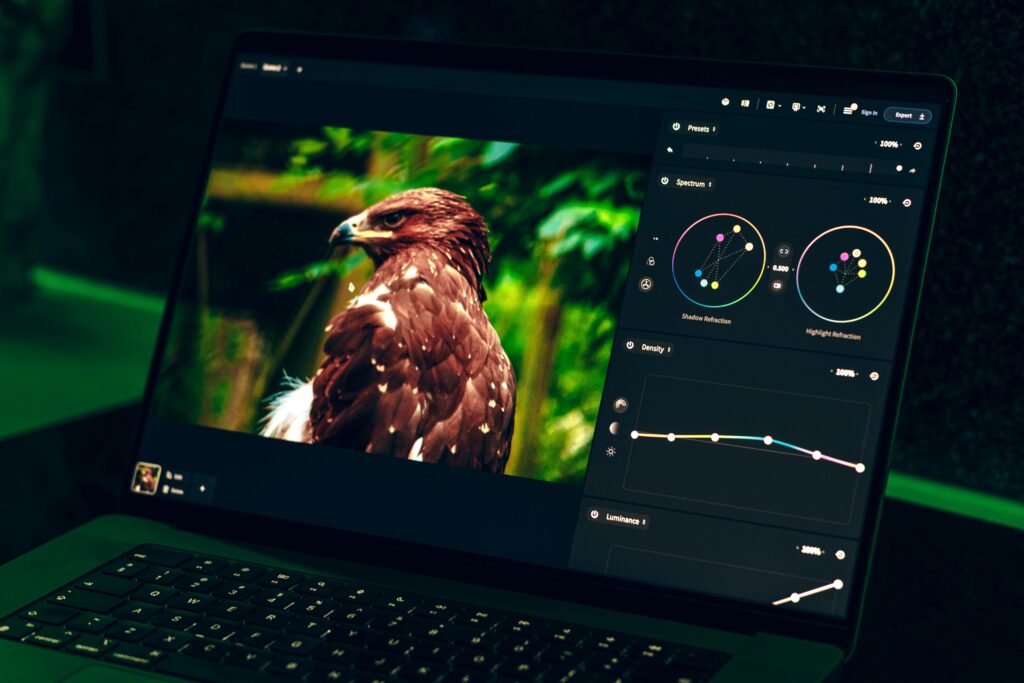
For a few years now, scientists and researchers from around the globe have used AI to learn more about the birds around us. One example is the BirdCast project, a collaboration between Cornell Lab of Ornithology, Colorado State University, and UMass Amherst. This project uses radar sites from 48 states, along with live weather maps, to identify, track, and analyze bird movements. It then uses AI and machine learning technology to predict when and how birds will migrate.
Another Cornell Lab creation, the AI-powered bird sound recognition app BirdNET is quickly becoming a favorite tool for avian experts and birdwatchers alike. The platform recognizes birds by their sounds and calls, and is the foundation for the Merlin Bird ID app. A quintessential citizen science platform, BirdNET is machine learning at its finest, using AI to sift through large collections of bird audio recordings from various sources to build a network of 3,000 birds, identified only by sound.
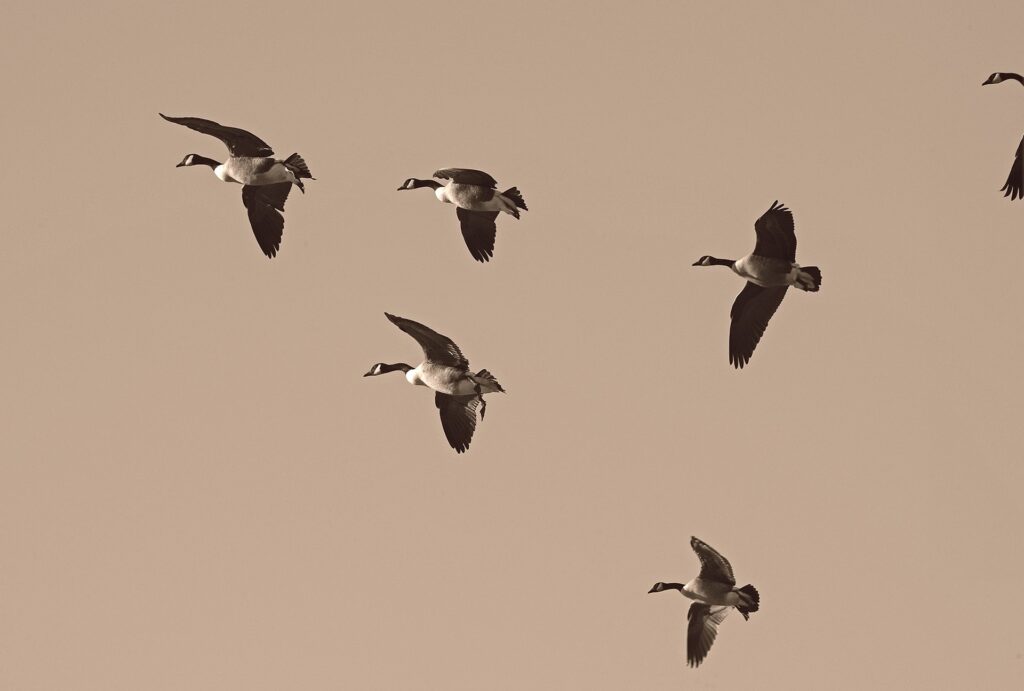
In England, researchers are using AI-controlled cameras to monitor wild birds and animals in the wild. The technology has made it possible to capture tens of thousands of data files, and thousands of hours of audio, from different sites. AI sifts and sorts this large amount of data, quickly identifying and cataloguing different bird species—a process that would take humans years to accomplish.
Another notable triumph of AI in the field of ornithology occurred at the Palmyra Atoll last year. The Nature Conservancy used AI-powered image analysis to detect two seabirds—the Blue Noddy and the Wedge-tailed Shearwater—that were previously thought to be locally extinct since the 1940s.
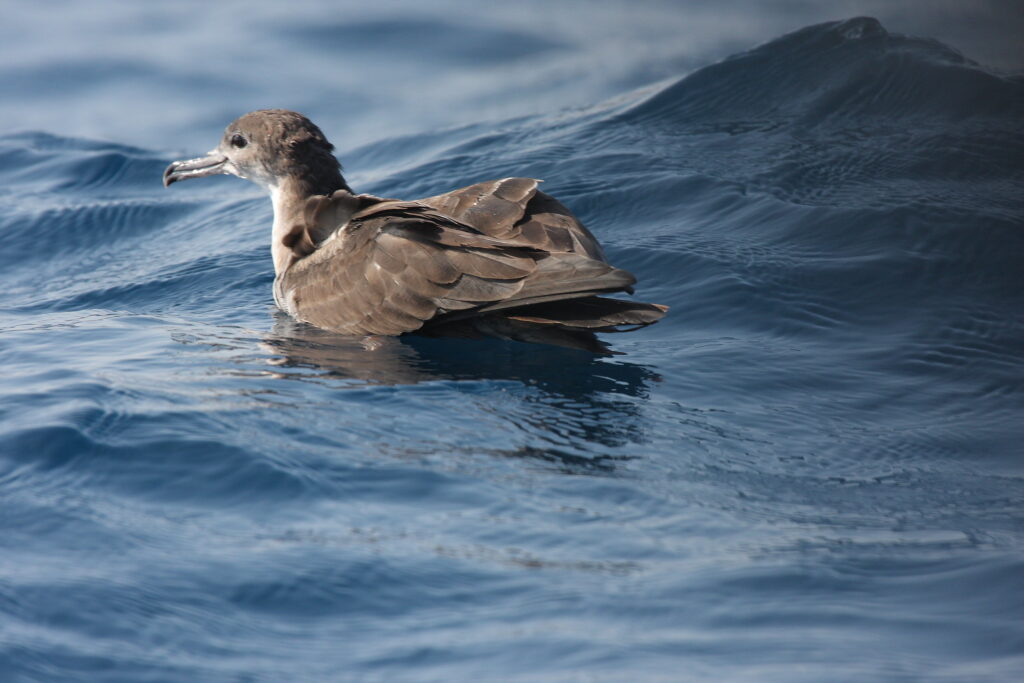
Why is data collected from these and other AI-driven projects so vital? We get answers to vital questions like: How are birds affected by climate change? Which bird species are declining in population? Which migratory birds are starting their trek later than usual? In short, it helps us to better understand, not only the health of our birds, but of our ecosystems. And what we understand, we can work to preserve.
AI and Bird Photos: Which are Real?
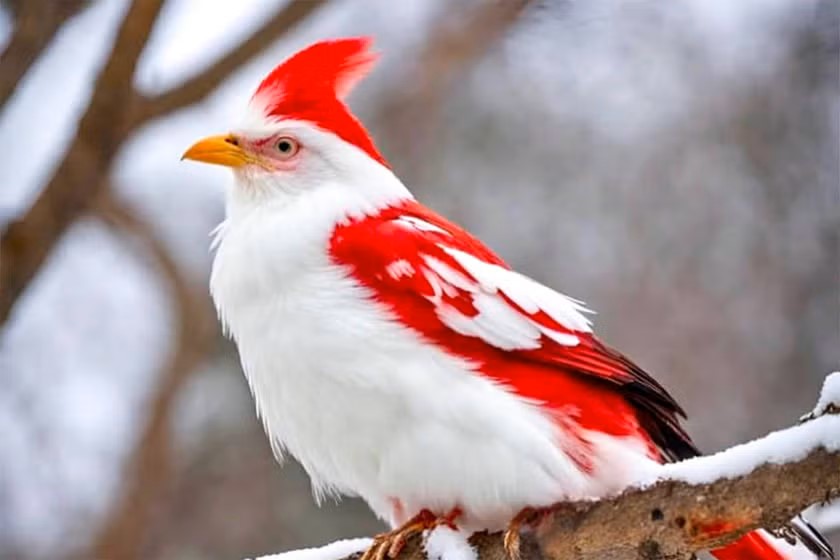
From virtual assistants and chatbots to smart homes and facial recognition on your smart devices, AI streamlines our daily lives. And in the world of content creation, AI has created gorgeous, realistic imagery. You can even download an app that lets you create photo-realistic images based on text prompts. Simply type “family playing football on the beach” or “cardinal in the forest on a snow-covered tree branch” and AI spits out the scene in dynamic detail. But that latter example is where the problem lies: AI-generated “nature photography.”
Maybe it’s not as dire a problem as some who are anti-AI predict: a future where robots take our jobs, or worse, our very lives. But in the scientific community, and elsewhere, it’s a problem worth looking at.
Let’s consider just one example that illustrates the point: the case of the “Santa Cardinal” image posted all over social media in November 2023. The image was of a festive red, white, and black bird perched on a snowy landscape. Posts of the image garnered 170,000 reactions and 74,000 shares. The only problem? The image was revealed as AI-generated, and this bird doesn’t actually exist in nature.
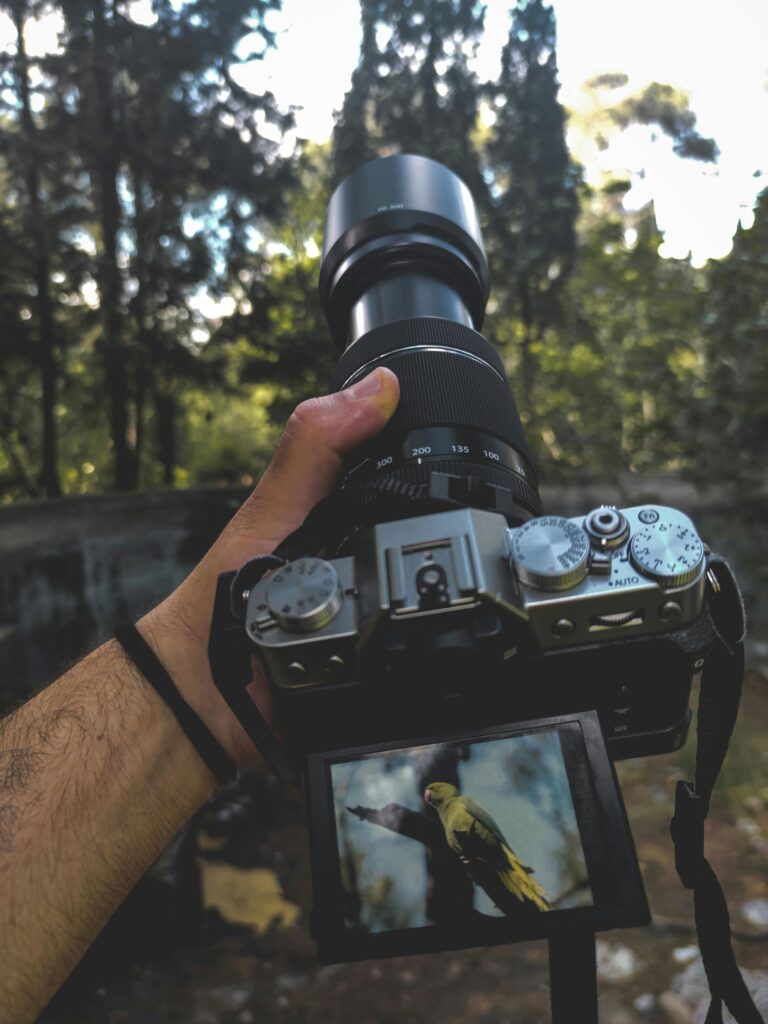
While AI-generated images often “out” themselves with glitches prone to machine learning (look for extra hands and fingers), some images are harder to recognize as fake. Why is this such a big deal? Because “clean data” (including candid shots of birds in nature) is the backbone of scientific research. With AI-generated images in the mix, how can we trust that an image is telling the truth? How can we be sure that the bird image is a documented species, and that it was found in the season and habitat shown? It then muddies the waters of data collection for scientists, conservationists, researchers, wildlife photographers, and bird lovers. Taking it a step further, not knowing the difference between a real and AI-generated image can also undermine the public’s trust in important issues like climate change and the declining bird population.
The Limitations of AI
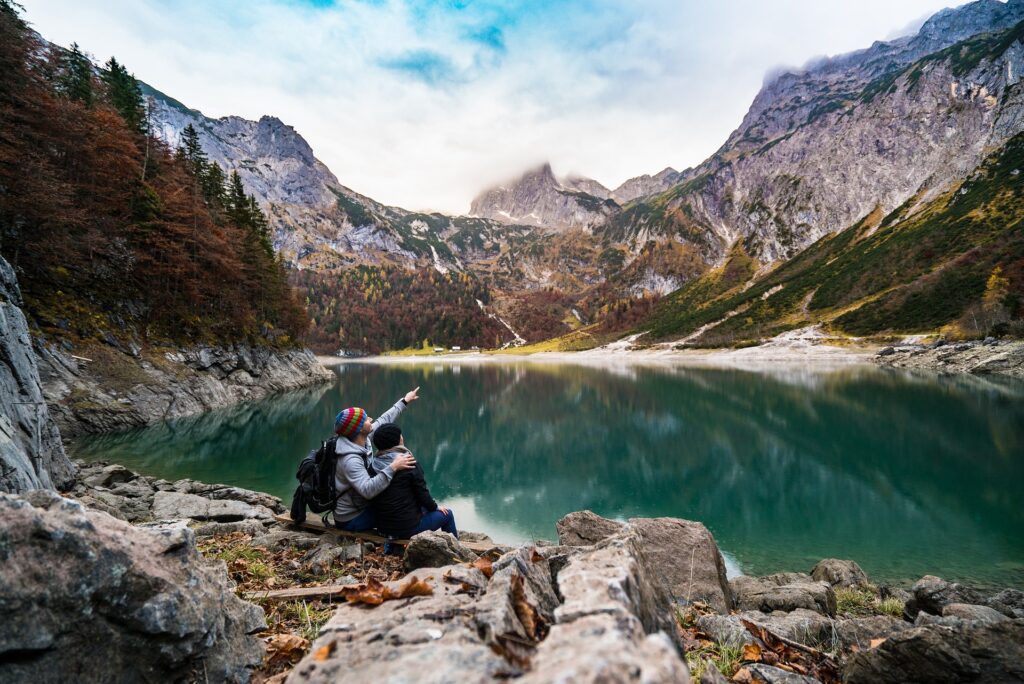
What’s the bottom line? AI is a promising tool in the field of ornithology, despite its limitations. Nevertheless, experts share the same sentiment again and again: there’s no substitute for human experience. In scientific research, the importance of citizen science contributions highlights this; the raw data collected by people out in nature is what AI technology uses to learn from and operate on. And when it comes to the joys of birding or the calming effects of nature, AI falls woefully short. What technology can mimic the thrill of hearing a bird call on an early morning nature walk? Or the awe of observing pelicans gracefully form a “V” formation as they fly their sky ballet? Any nature lover can give you the answer.
Keep Up on Bird News
Keep up to date on the latest bird news, and be the first to know about birding events and sales at the Chirp Nature Center, by signing up for our monthly newsletter.
Get it Delivered!
Sign up for one (or both!) of our subscription services to have wild bird seed and bird-friendly coffee delivered right to your door!
Wedge-tailed Shearwater photo courtesy of Dominic Sherony.


